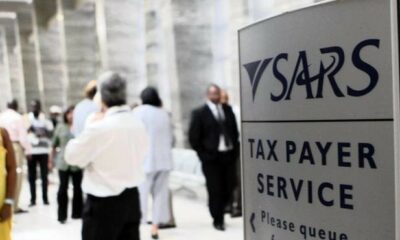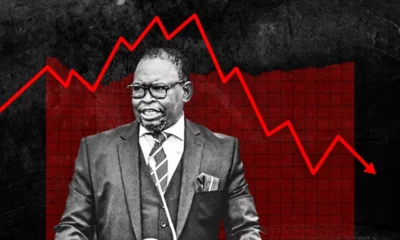News
A New Look at Joblessness: SA’s Unemployment Rate Drops to 31.9% Amid Major Data Overhaul

South Africa’s official unemployment rate has shown a welcome improvement, falling by 1.3 percentage points to 31.9% in the third quarter of 2025. However, this headline figure tells only part of a much more complex story, as the national statistics body has undertaken a significant overhaul of how it defines and measures the country’s labour force.
The decline, reported in the latest Quarterly Labour Force Survey (QLFS), translates to 248,000 more employed people, bringing the total number of employed persons to 17.1 million. Concurrently, the number of officially unemployed people fell by 360,000 to 8.0 million.
Why the Data Isn’t Directly Comparable
While the drop in the headline rate is positive, Stats SA has introduced crucial changes to its definitions, particularly for the group previously labeled “Not Economically Active.” This group is now more precisely defined as persons “Outside the Labour Force,” with a new sub-category for the “Potential labour force.”
This “potential labour force” includes people who are available for work but not actively seeking it, or those actively seeking work but not currently available to start. This refinement offers a clearer, more nuanced view of the pool of potential workers beyond the standard definition.
Because of these methodological changes, Stats SA explicitly states that the Q3 2025 data on informal employment cannot be compared to previous quarters. This is a critical caveat for anyone tracking trends in the informal sector.
The Deeper Story Beyond the Headline Rate
The new metrics reveal underlying pressures that the standard unemployment rate doesn’t capture. The number of discouraged work-seekersthose who have given up looking for a jobactually increased by 36,000 to 3.5 million.
When you combine the officially unemployed with this “potential labour force,” the picture of labour underutilization becomes starker. This combined rate sits at 42.4%, a figure that more closely aligns with the old “expanded unemployment rate” that many analysts followed.
Stats SA has now formally recommended using a suite of measures to understand labour underutilization fully. The broadest measure, which includes the unemployed, the underemployed (those working fewer hours than they want), and the potential labour force, stands at 44.9%.
In essence, while the official unemployment rate’s descent below 32% is a step in the right direction, the new data framework reveals a labour market where over 12 million people of working age are outside the labour force, and a composite underutilisation rate suggests nearly 45% of the potential workforce is not fully engaged. The improvement is real, but the challenge remains immense.
{Source: BusinessTech}
Follow Joburg ETC on Facebook, Twitter , TikTok and Instagram
For more News in Johannesburg, visit joburgetc.com


























